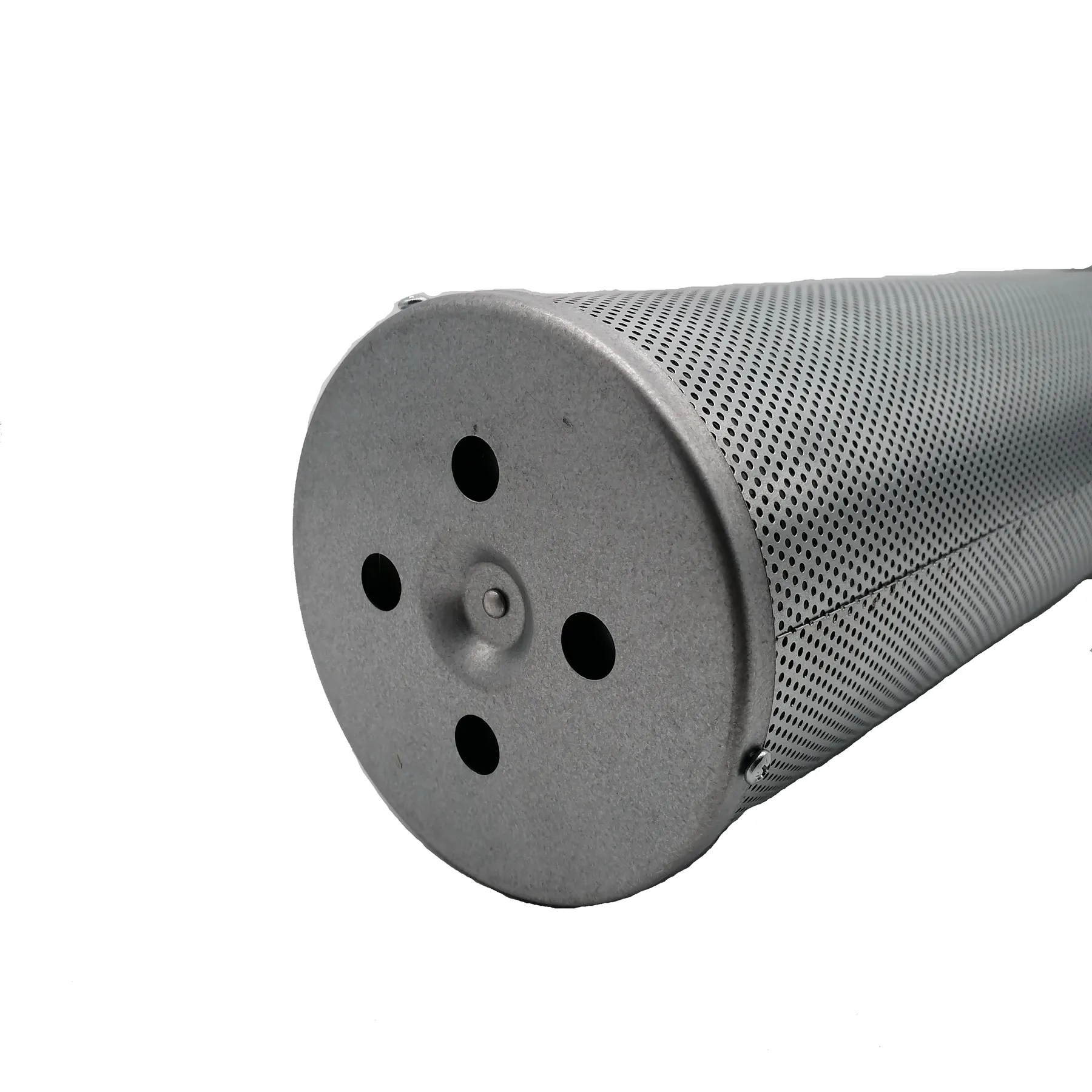 Tel:
+8615930870079
Tel:
+8615930870079
Dec . 29, 2024 04:42 Back to list
vacuum cartridge
Understanding Vacuum Cartridge Technology A Comprehensive Overview
Vacuum cartridges play a pivotal role in various industrial and commercial applications, notably in the realm of filtration and fluid control. As technology evolves, the importance of vacuum cartridges continues to rise, necessitating a deeper understanding of their functionality, types, and applications.
What is a Vacuum Cartridge?
A vacuum cartridge is a device utilized to separate impurities or solids from a fluid medium within a vacuum system. It operates on the principle of creating a low-pressure environment, allowing for the effective removal of foreign particles. Vacuum cartridges are commonly integrated into filtration systems and are essential in applications requiring high cleanliness standards, such as pharmaceuticals, food and beverage production, and chemical processing.
Key Components and Functionality
The design of a vacuum cartridge typically consists of a cylindrical housing that contains a filter medium. This filter medium can be made of various materials, including porous membranes, activated carbon, or synthetic fibers. The choice of material depends on the specific application requirements, such as particle size, chemical compatibility, and operational temperature.
When fluid is drawn into the cartridge under vacuum, contaminants are trapped within the filter medium while the purified fluid passes through. The efficiency of a vacuum cartridge is often measured in terms of its filtration rate, which refers to the volume of fluid it can process within a given timeframe and still maintain the desired purity level.
Types of Vacuum Cartridges
1. Depth Filters These cartridges feature a thick body filled with a porous material that captures particles throughout its thickness. They are effective for filtering larger particles and are commonly used in water treatment processes.
2. Surface Filters Unlike depth filters, surface filters trap particles on the surface of the filter medium. These filters are excellent for achieving high levels of clarity and are often used in applications where visual appearance is crucial, such as in beverage processing.
vacuum cartridge

3. Membrane Filters Membrane cartridges utilize semi-permeable membranes that allow only specific sizes of molecules to pass through. They are essential in applications requiring sterility and are widely used in microbiological testing and sterile processing.
4. Bag Filters These systems consist of a filter housed in a bag-like material. They are often employed in larger systems due to their capacity to handle high flow rates and are typically used in pre-filtration processes.
Applications of Vacuum Cartridges
The applications of vacuum cartridges are diverse and span multiple industries. In the food and beverage sector, they ensure the removal of undesired particles, maintaining product quality and safety. In pharmaceuticals, vacuum cartridges are crucial for ensuring that sterile formulations remain uncontaminated, thus protecting patient safety.
Moreover, vacuum cartridges are widely used in environmental applications, such as water purification systems. They play a significant role in removing pollutants and ensuring safe drinking water. In industrial manufacturing, these cartridges help maintain machinery by filtering out contaminants from lubricants and coolants, prolonging equipment lifespan and improving efficiency.
Maintenance and Lifespan Considerations
To maintain optimal performance, vacuum cartridges require regular monitoring and replacement. The lifespan of a cartridge is influenced by factors such as the type of contaminants processed, the flow rate, and the quality of the filter medium. Users should establish a maintenance schedule based on the specific operational conditions to prevent clogging and ensure uninterrupted service.
Conclusion
Vacuum cartridges are integral to achieving high filtration standards in various applications. Their ability to efficiently separate contaminants from fluids makes them indispensable across many industries. As technology continues to advance, the development of more efficient materials and designs will likely enhance the performance of vacuum cartridges, leading to even broader applications and improved sustainability in industrial processes. By understanding the types, functionality, and importance of vacuum cartridges, businesses and industries can better leverage this technology, ensuring product quality and operational efficiency.
-
Types and Applications of Air Filtration CartridgesNewsJul.28,2025
-
The Role of Gas Turbine FiltersNewsJul.28,2025
-
Mastering Air Filter Cartridge UseNewsJul.28,2025
-
Advanced Turbine Filters for Modern Gas TurbinesNewsJul.28,2025
-
Cellulose Air Filter Cartridge Advantages in Dust FiltrationNewsJul.28,2025
-
Cellulose Filters for Air Particle ReductionNewsJul.28,2025

 Email:
Email:





